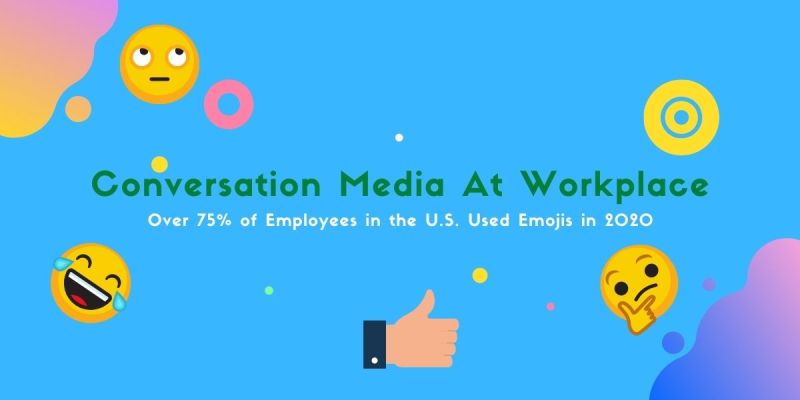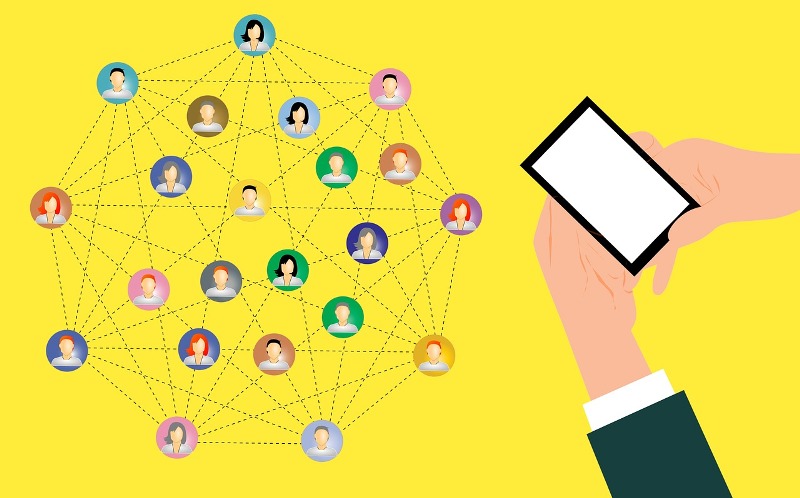During the coronavirus pandemic, a majority of the workforce started working remotely. The work environment changed drastically. Instead of office spaces, employees found themselves working from home. While this brought a lot of changes in the way we work, it also changed the way we communicate with our colleagues.
For example, when we are chatting with our colleagues during office we come across some lighter moments. This is when we prefer using GIFs or emojis. They convey our emotions perfectly in a way words cannot. Moreover, there is little or no scope of misunderstanding when we use emojis in our conversations.
To put it in numbers, a report from Clutch revealed that 77% of employees used emojis more frequently in Slack, emails, and other communication channels. Considering the kind of ecosystem and work culture we have had traditionally, this might seem to be huge. But when you look at the latest business marketing strategies, you’ll see that the use of emojis is quite common there.
So, it shouldn’t be a big deal if employees use emojis and other visual media in business communications. On the brighter side, there are certain advantages of using Conversation Media at work.
1. It helps them convey emotions without using words and they save a lot of time and energy in the process.
2. It cultivates a less formal work culture.
3. Receivers also respond to such messages faster and hence avoid any delay in work.
4. It makes work communication more exciting.
5. It can help employees make new connections.
Gone are the days when the use of emojis and GIFs for work communication was considered unprofessional. We use them so much in our daily lives that using them for work purposes also feels natural. For example, consider the use of emojis and GIFs by brands to increase brand awareness. We, as consumers, instantly fall for these campaigns.
Take for instance Bobble AI - a conversational media platform in India that uses artificial intelligence to create personalized content for its users. It is one of the best platforms for Indian marketers as it offers marketing in regional conversations too and makes it super fun and relatable for people.
The line between personal and professional communication is increasingly getting blurred and with multiple generations in the workplace, we’re seeing a shift in the way people communicate with each other. You cannot expect Gen-Z to type long messages or respond to boring emails. Their attention span is really small and they look for ways of instant communication that are more effective. Moreover, using Conversation Media at the workplace should be seen as an advancement that helps employees de-stress and alleviate cognitive overload.
Business leaders also encourage the use of emojis at the workplace. In this regard, Vik Verma, CEO of unified communications platform company 8x8, once said:
“Plain and simple, emojis help employees communicate more effectively with each other. They can indicate a tone that might otherwise be misconstrued and can boost credibility. What’s important is getting your message across as clearly as possible, and if emojis can help with that, then go right ahead.”
There is so much to innovate when it comes to the use of Conversation Media. Organizations have started exploring these possibilities and they are being received well by people. Let’s see what’s in store for Conversation Media, next?









